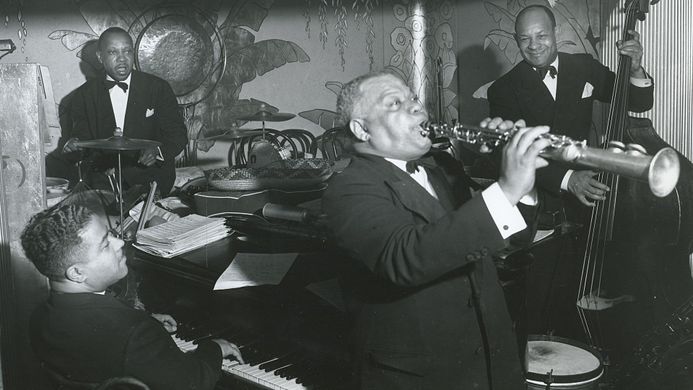![07-02-11 LISTN Wax [K-pop]](http://www.philpaine.com/wp-content/uploads/2007/02/07-02-11-LISTN-Wax-K-pop.jpg) For quite some time, Cool and Wax dominated Korean pop music. Wax is the stage name for a talented female vocalist with a very expressive, and sometimes beautiful voice. Her arrangements range from cheesy synthesizer pop to fairly raunchy rhythm and blues. In some cases, genres are bizarrely mixed, such as when a chorus of grunting male metal voices inexplicably fill in the spaces between verses of a Britney Spears-ish love song. This may all sound pretty trashy to a North American listener, but there’s no law against musical synchretism, and in any case, East Asian pop plays by its own rules. I’m told that a lot of her success comes from the perspicacity of her songwriters, Choi Joon Young and Kim Gee Hoonong. It can’t all be in the lyrics: Wax’s popularity extends far beyond the K‑pop scene, to the much broader East Asian pop scene covering China, HK, Taiwan, Vietnam, Singapore and Japan. My exposure is through the double compilation album Best Day & Best Night and the third album from 2002, Wax 3.
For quite some time, Cool and Wax dominated Korean pop music. Wax is the stage name for a talented female vocalist with a very expressive, and sometimes beautiful voice. Her arrangements range from cheesy synthesizer pop to fairly raunchy rhythm and blues. In some cases, genres are bizarrely mixed, such as when a chorus of grunting male metal voices inexplicably fill in the spaces between verses of a Britney Spears-ish love song. This may all sound pretty trashy to a North American listener, but there’s no law against musical synchretism, and in any case, East Asian pop plays by its own rules. I’m told that a lot of her success comes from the perspicacity of her songwriters, Choi Joon Young and Kim Gee Hoonong. It can’t all be in the lyrics: Wax’s popularity extends far beyond the K‑pop scene, to the much broader East Asian pop scene covering China, HK, Taiwan, Vietnam, Singapore and Japan. My exposure is through the double compilation album Best Day & Best Night and the third album from 2002, Wax 3.
